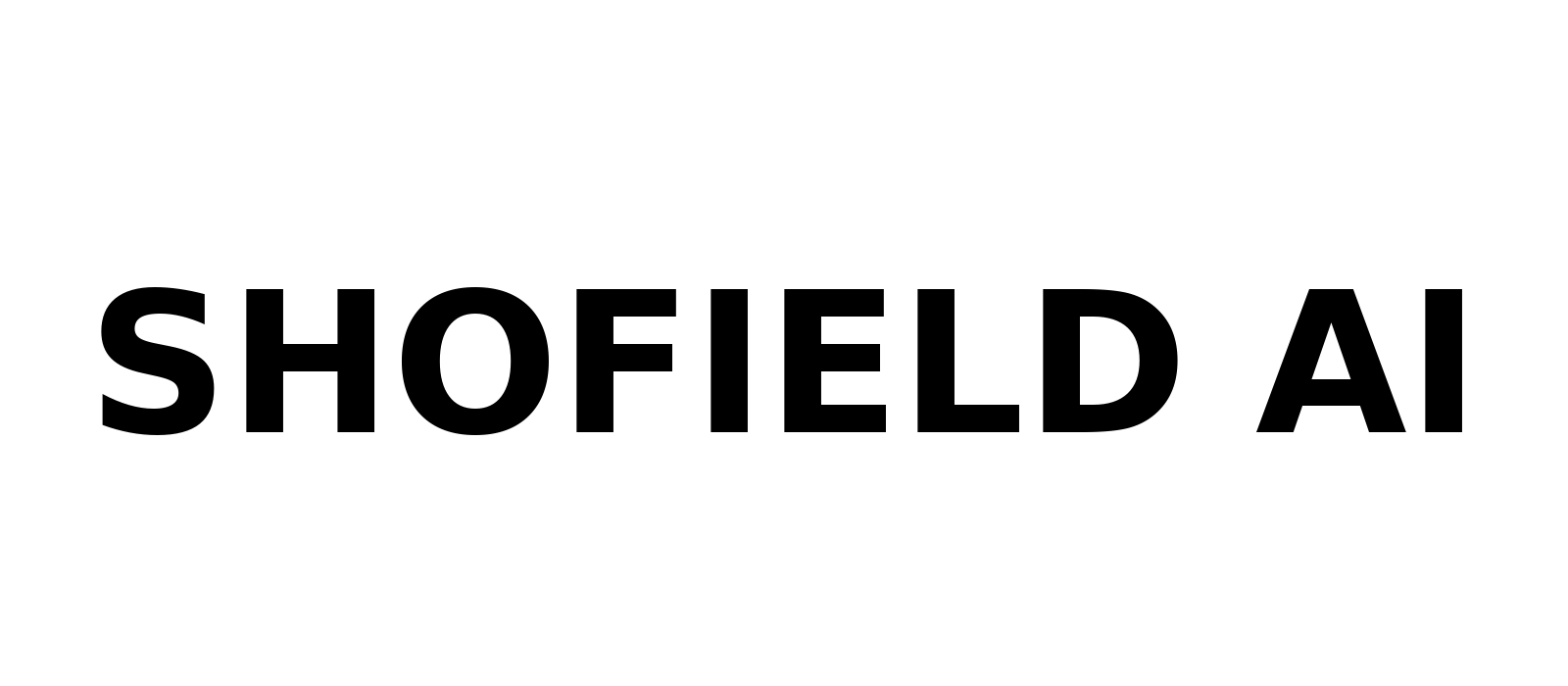Meta’s Next Llama AI Models Are Training on a GPU Cluster ‘Bigger Than Anything’ Else
In the ever-evolving landscape of artificial intelligence, advancements often spring from the confluence of ambition and innovation. Amidst this backdrop, Meta has embarked on a monumental journey with its latest iteration of Llama AI models, poised to redefine the capabilities of machine learning. By harnessing a GPU cluster that is not only expansive but also exceptionally powerful, Meta aims to push the boundaries of what AI can achieve. This article delves into the implications of this technological leap, exploring the architecture of the GPU cluster, the intricacies of the Llama models, and what this development means for the future of AI research and applications. As we unravel the layers of this fascinating story, one thing becomes clear: the potential of AI is about to grow exponentially, and Meta is at the forefront of this transformative wave.
Strategic Implications for Developers and Researchers in AI
The advent of Meta’s advanced Llama AI models represents a pivotal moment for professionals in the AI domain. With the introduction of a GPU cluster deemed ‘bigger than anything’ else, developers and researchers must rethink their strategies for model training and deployment. This substantial computational power not only accelerates training times but also opens avenues for more complex neural architectures. Thus, the implications include:
- Increased Focus on Model Complexity: Developers should experiment with deeper and more intricate models that can leverage this newfound capacity.
- Resource Allocation Strategies: Researchers must consider optimizing their training algorithms to fully utilize the GPU resources available.
- Collaboration Opportunities: There’s potential for cross-disciplinary collaboration as teams can utilize shared computational resources for larger projects.
Moreover, the advancements in Llama AI models create competitive pressures that necessitate an ongoing commitment to innovation. As more entities gain access to such robust infrastructure, differentiating one’s work will require not just technical prowess but also strategic foresight. Key areas to monitor will include:
- Ethics and Bias Mitigation: As complexity increases, so does the responsibility for transparent AI practices.
- Scalability: Ensuring models are not only robust but also scalable across various applications will be crucial.
- Community Building: Engaging with the AI community for knowledge sharing and collaborative project development will become increasingly valuable.
| Implication | Description |
|---|---|
| Model Complexity | Encourages experimentation with advanced architectures. |
| Resource Optimization | Utilizing GPU capabilities for efficient training algorithms. |
| Collaboration | Enhancing partnerships across AI research fields. |

Future Prospects: What the Next Llama Models Mean for Industry Advancements
The advent of Meta’s next-generation Llama AI models, which leverage an unprecedentedly large GPU cluster, could revolutionize various sectors by enhancing capabilities in natural language processing. With these advancements, industries can anticipate a more sophisticated AI partner that not only understands context better but also generates more nuanced and coherent responses. As businesses across healthcare, finance, education, and entertainment adapt to these improvements, they stand to gain significantly from enhanced customer interactions, automated processes, and data-driven decision-making.
Furthermore, the implications of these developments extend beyond mere performance boosts; they could foster a new ecosystem of tools and applications tailored to take advantage of the Llama AI models’ capabilities. Industries may witness:
- Innovative solutions that leverage AI for predictive analytics and real-time data processing.
- Improved accessibility to AI-driven technologies, enabling smaller businesses to utilize cutting-edge tools.
- Heightened collaboration between organizations and AI to develop smarter applications.
| Industry | Potential Applications | Key Benefits |
|---|---|---|
| Healthcare | Patient data analysis, chatbots | Enhanced patient care, reduced costs |
| Finance | Risk assessment, customer service bots | Faster decision-making, better customer relations |
| Education | Personalized learning assistants | Improved learning outcomes, engagement |
| Entertainment | Content creation, audience interaction | Enhanced creativity, stronger fan engagement |
In Conclusion
As we stand on the precipice of a new era in artificial intelligence, Meta’s ambitious endeavors with their next-generation Llama AI models signal not just a leap in technology, but a broader shift in our understanding of what AI can achieve. With a GPU cluster described as “bigger than anything else,” the potential for innovation is vast, promising groundbreaking advancements across numerous fields—from natural language processing to machine learning and beyond.
As these models evolve, so too will the conversations surrounding their impact on society, ethics, and the very fabric of our digital interactions. The promise of enhanced performance and capability invites both excitement and scrutiny, pushing us to consider the implications of such powerful tools in a rapidly changing world.
In the coming months and years, we will undoubtedly witness how Meta’s latest AI venture unfolds and shapes not only the tech landscape but also our daily lives. The journey ahead is fraught with challenges and opportunities, and it is one that we will watch with keen interest as the boundaries of artificial intelligence continue to expand. Stay tuned as we navigate this exhilarating frontier together.






